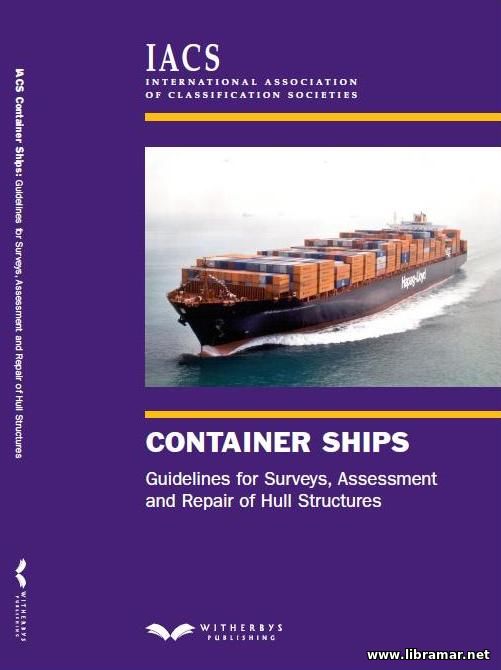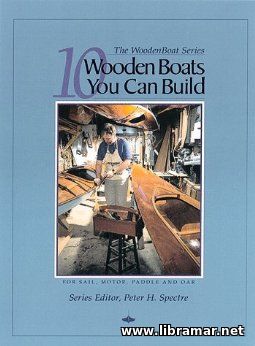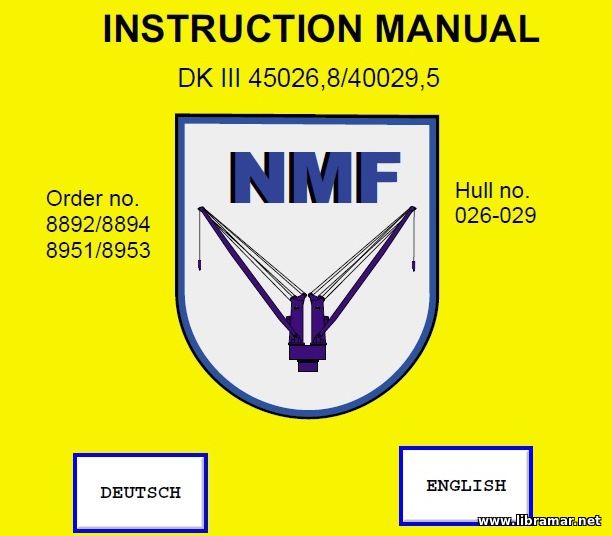Subdivision Load Lines
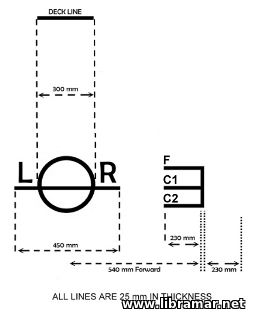
General
The freeboard can be limited in several ways, such as:
- The numerical calculation of ship's geometry;
- The structurally limited design draft;
- Stability limitations.
Another method of fixing draft, hence limiting freeboard, is by requiring a particular level of subdivision safety for the ship.
Although subdivision is not actually required by the In¬ternational Convention on Load Lines, the Convention does recognize subdivision as one of the several reasons for allowing tankers a reduced freeboard and permits other ships properly subdivided to approach tanker.
As a load line matter, subdivision is somewhat controversial from two points of view. The first is the fact that some national administrations require the subdivision calculation only at the load line draft. The second difficulty sometimes expressed is that the freeboard assigned to the ship is automatically spoken of as reserve buoyancy without an examination of the internal bulkheading in the ship. Since bulkheading is not actually required for load line purposes, there are ships which do not have adequate internal compartmentation to qualify for any degree of subdivision.
The bulkheading that exists in many ships provides an unknown level of subdivision safety which can only be assessed by calculation. When any loss of buoyancy occurs, the ship must depend for its survival on the volume of ship above the normal waterline, which is not a part of the flooded portion of the ship. Thus, part of the same volume that is used for reserve buoyancy of an intact ship in a seaway earlier in this chapter is now used for protection against sinking from loss of internal buoyancy. This could be termed residual buoyancy.
There is an important distinction between the two types of buoyancy. Reserve buoyancy for seakindliness and safety in a storm 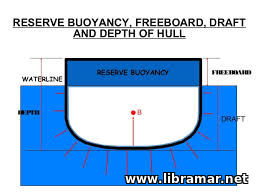 is considered fully intact at all times and the crew of the ship is responsible for properly maintaining all closures in order that this buoyancy remains effective against the sea. Residual buoyancy for resistance to flooding is, by definition, a matter of internal compartmentation of the hull.
is considered fully intact at all times and the crew of the ship is responsible for properly maintaining all closures in order that this buoyancy remains effective against the sea. Residual buoyancy for resistance to flooding is, by definition, a matter of internal compartmentation of the hull.
The hull may lose some or all of its watertight integrity at any time due to stranding, collision, shell fracture, fire-fighting action, ruptured seawater piping, loss of hatch covers, etc. The rationale for subdivision is not to provide an unsinkable ship. The folly of that idea should have been permanently established with the loss of the Titanic, some seventy years ago. Instead, subdivision is used to provide a level of safety which enhances the probability of survival from flooding or prolongs the time for damage control action to be taken by the crew or by ship salvage crews and finally provides extra time for the people on board the ship to be safely removed if this becomes necessary.
For ships required to have load lines which also require a subdivision analysis, a check is made to ascertain that the permissible geometric load line draft does not exceed the subdivision draft.
Passenger Ship Subdivision Load Lines
The Inter¬national Convention for the Safety of Life at Sea requires that every ship carrying more than 12 passengers on an international voyage must be examined and must satisfy a particular level of subdivision. The level required for each ship is set by formula and is dependent upon the number of passengers which the ship intends to carry and the length of ship.
There are two ways to approach this subdivision draft. The first is via Fart В of Chapter II of the 1974 SOLAS Convention. The second is through the use of an alternative method explained and contained in IMCO Resolution A.260(VII). It utilizes the same basic parameters of persons, that is, passengers and crew, and length of ship. However, additional factors have been considered based on probable statistical occurrence of damage.
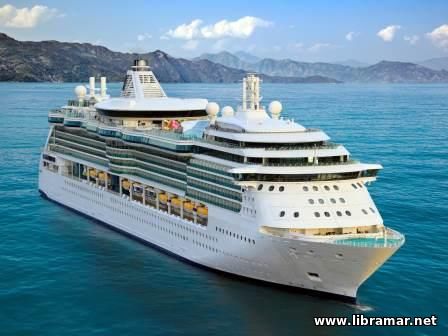 Factors from previous casualties such as damage position along the length of the ship, extent of damage, existence of longitudinal bulkheads, loading and permeabilities, sea states, and finally a corroboration of formulas by model test were all used to decide the final format and coefficients for the formula replacing the SOLAS 1974 method of determining compliance. The advantages of the new method are principally that established shipbuilding techniques, such as longitudinal bulkheading, which were not creditable under SOLAS 1974 are now officially recognized in the formulas as a subdivision asset. Also, greater latitude in internal bulkhead arrangements can be accounted for.
Factors from previous casualties such as damage position along the length of the ship, extent of damage, existence of longitudinal bulkheads, loading and permeabilities, sea states, and finally a corroboration of formulas by model test were all used to decide the final format and coefficients for the formula replacing the SOLAS 1974 method of determining compliance. The advantages of the new method are principally that established shipbuilding techniques, such as longitudinal bulkheading, which were not creditable under SOLAS 1974 are now officially recognized in the formulas as a subdivision asset. Also, greater latitude in internal bulkhead arrangements can be accounted for.
In addition to the international rules for subdivision, which apply to all passengers ships making international voyages. United States regulations require subdivision calculations for all passenger ships on the navigable waters of the United States, whether on foreign, coastwise or Great Lakes voyages, or for ferryboats on inland waters.
The "Read Later" function allows you to add material to this block with just one click. Just click on the icon and read the articles that interest you at any convenient time.
